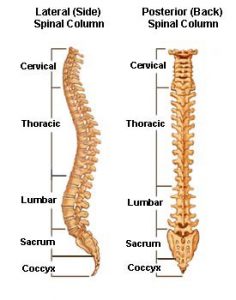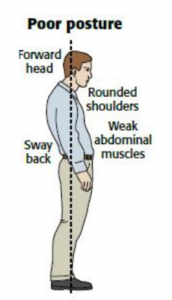by Dr. Troy Vander Molen, PT, DPT
 How many times have you woken up in the morning with a kink in your neck? Isn’t it frustrating when you can’t turn your head because of your pain in the neck?
How many times have you woken up in the morning with a kink in your neck? Isn’t it frustrating when you can’t turn your head because of your pain in the neck?
There are many reasons people experience pain in the neck, but irritation and movement limitation at a neck joint (called a facet joint) are very common findings when you have a kink in your neck. Sometimes these pains are short-lived. Other times they can linger. Often, they are recurrent. Usually people experience more frequent, more intense, and longer duration episodes as time goes on unless they find and fix the root of the problem.
If you’ve read our blog before, you won’t be surprised to hear that, like most musculoskeletal issues, this is another situation where the area with the pain is not really the primary problem. The things that hurt are usually simply the areas that experience more physical stress due to another neighboring area failing to do well what it is designed to do.

A commonly overlooked and undertreated area that can contribute to lots of aches and pains – including pain in the neck – is the thoracic spine (Figure 1). Unlike the cervical spine (neck) above and the lumbar spine (lower back) below, the thoracic spine is profoundly different. It has 12 segments and is surrounded by the rib cage which connects to the thoracic spine segments. This cage provides stability and support, as well as protection to vital organs beneath.
The thoracic spine is not designed to move a lot, but the little movements that the thoracic spine can make – and its appropriate posture and position – are critical to the long-term health of neighboring regions like the shoulder and neck above and the lower back below.
One of the body’s biggest enemies is gravity, and the thoracic spine is constantly fighting this tremendous and consistent force. If we don’t maintain our bodies well, the end result of this incessant battle against gravity is that the thoracic spine begins to flex slightly into a rounded curve. This flexion movement is usually coupled with a forward head and a forward shoulder position, which increases tissue loading on the facet joints of the neck, among many other things (Figure 2).

So, if you’re currently dealing with neck pain or have experienced it in the past, you could eliminate the real problem and achieve real progress by making sure the thoracic spine is fighting well against gravity and has the necessary mobility to reduce stresses at the neighboring tissues.
So, this month, we are saving some time for those of you that suffer with pain in the neck. We’d love to give you 20 minutes of our time to figure out if your thoracic spine is the real reason for your pain. Unfortunately, we don’t have enough time for all of you. We did, however, save 10 slots in our schedule. Email us or call 866-588-0230 now to claim one before they are all taken up.



